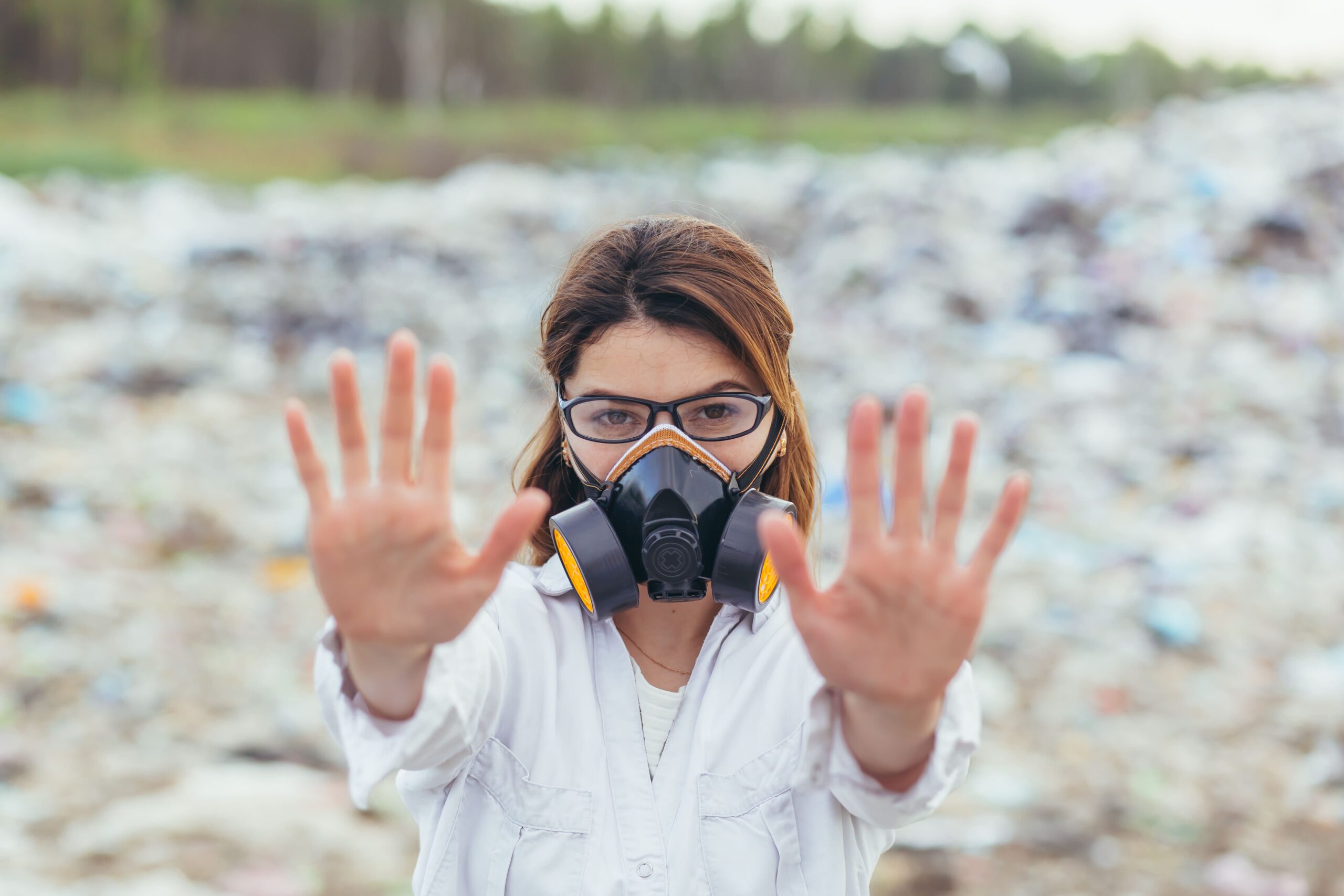Per- and polyfluoroalkyl substances (PFAS) have been dubbed “forever chemicals” for their persistent nature in the environment and their resistance to degradation. Initially hailed as revolutionary for their use in non-stick cookware, waterproof clothing, and firefighting foam, PFAS have since been linked to significant health and environmental risks. For many communities across the United States, these risks have become grim realities. Below, we explore how PFAS exposure impacts communities through case studies and personal stories, highlighting the urgent need for action.
What Are PFAS and Why Are They Dangerous?

PFAS are synthetic chemicals that have been used in various industrial and consumer products since the 1940s. They are highly stable, which makes them useful in manufacturing but also means they persist in water, soil, and even the human body. Exposure to PFAS has been linked to:
- Health issues: Increased risk of cancer, liver damage, immune system suppression, and developmental issues in children.
- Environmental harm: Contamination of water supplies, soil, and wildlife.
- Economic burdens: Costs of cleanup, healthcare, and litigation.
Case Study 1: Parkersburg, West Virginia
The town of Parkersburg gained national attention due to PFAS contamination from a nearby chemical plant operated by DuPont. The release of C8 (a type of PFAS) into the local water supply led to severe health issues, including:
- High rates of kidney and testicular cancer.
- Birth defects and developmental problems in children.
- Chronic diseases such as thyroid dysfunction.
Personal Story:
“I watched my community suffer,” said Sarah K., a Parkersburg resident. “Neighbors I grew up with were diagnosed with rare cancers, and my own son was born with health complications. It’s devastating to think that the water we trusted was the source of our pain.”
After a prolonged legal battle, DuPont settled for $671 million. While this provided some financial relief, the emotional and physical toll on the community remains immeasurable.
Case Study 2: Oscoda, Michigan

Oscoda, a small town in Michigan, has been grappling with PFAS contamination stemming from firefighting foam used at the now-defunct Wurtsmith Air Force Base. The contamination has affected drinking water and local wildlife, forcing many residents to rely on bottled water.
Impact on the Community:
- Local businesses have suffered as tourism declines due to fears of contamination.
- Property values have plummeted, leaving homeowners financially strained.
- Residents report anxiety and distrust in local authorities.
Personal Story:
“I had to sell my home for half of what it was worth,” shared Tom R., a lifelong Oscoda resident. “The financial stress is one thing, but the fear of what’s in our water—and what it’s doing to our bodies—is something we live with every day.”
Case Study 3: Hyannis, Massachusetts
Hyannis is another community reeling from PFAS exposure due to the use of firefighting foam at a nearby airport. Residents have reported higher-than-average rates of cancer and reproductive issues.
Community Response:
- Grassroots organizations have formed to demand accountability.
- Local government has initiated costly water filtration projects.
- Lawsuits against manufacturers of firefighting foam are ongoing.
Personal Story:
“It feels like a betrayal,” said Maria L., a mother of three. “We’re spending thousands on bottled water and filtration systems, and yet we’re still unsure if we’re safe.”
What Can Be Done?
The fight against PFAS contamination requires collective action at multiple levels:
- Policy Changes: Enforce stricter regulations on PFAS production and use.
- Corporate Accountability: Hold polluters financially and legally responsible.
- Public Awareness: Educate communities about the risks of PFAS exposure.
- Investment in Research: Develop better technologies for PFAS removal and safer chemical alternatives.
How You Can Help
If you suspect PFAS contamination in your area, here’s what you can do:
- Advocate for testing and transparency from local authorities.
- Support organizations working to combat PFAS pollution.
- Reduce personal exposure by using water filters certified to remove PFAS and avoiding products that contain these chemicals.
Conclusion
PFAS exposure is not just an environmental issue—it is a human issue, affecting lives, livelihoods, and futures. By sharing the stories of affected communities, we hope to inspire action and accountability. These chemicals may be “forever,” but their grip on our communities doesn’t have to be.

